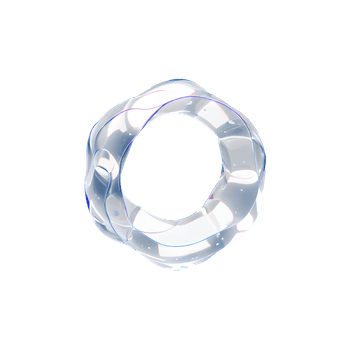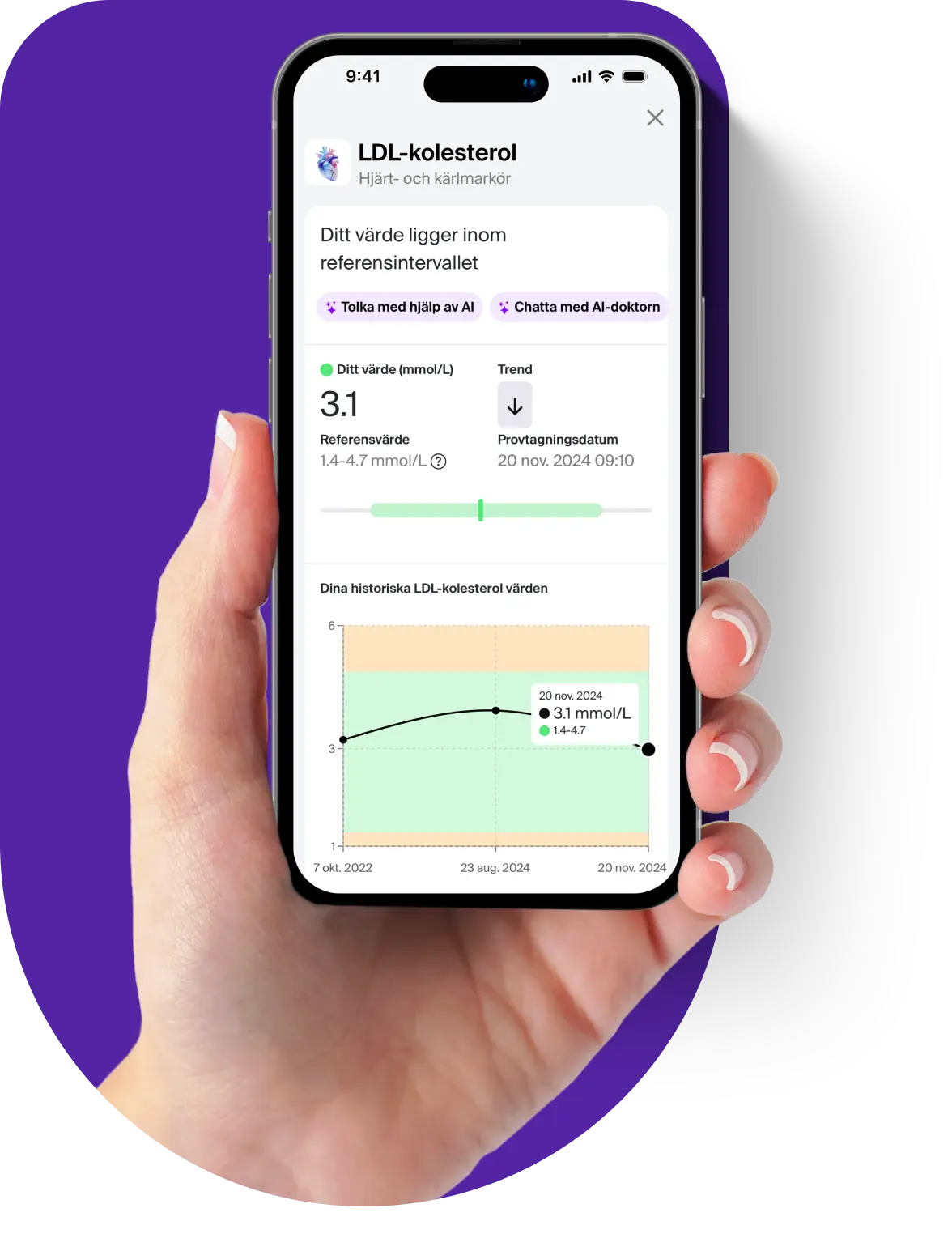Lead blood test - measure lead concentrations
The P-Lead test analyzes lead concentration in the blood and is used to assess lead exposure. It is especially important for detecting elevated lead levels that can lead to serious health issues with prolonged exposure. Lead occurs naturally but can also come from contaminated drinking water, older lead-glazed ceramics, and certain work environments. High lead levels are linked to effects on the nervous system, kidneys, and blood formation, particularly in children, where development can be affected.
Applications of the lead test
The P-Lead test is used in various clinical contexts where assessing lead exposure is essential. Common situations where the test is recommended include:
- Suspected lead poisoning: To assess exposure from workplace environments, drinking water, or specific foods.
- Investigation of occupational exposure: Individuals in metal processing or other industries may be exposed to higher lead levels.
- Monitoring chronic lead exposure: Prolonged exposure to lead can cause damage to the nervous system and other organs.
When is a lead test recommended?
Analysis of P-Lead is recommended if there is suspected exposure from contaminated drinking water, food, workplace environments, or other sources. The test is especially relevant for individuals in high-risk occupations and those living in areas at risk. It is based on a venous blood sample and provides reliable results for detecting lead poisoning or elevated exposure levels.
Reference range for lead (B-Pb)
Normal blood lead levels (P-Lead) are typically below 0.2 µmol/L in individuals without known exposure. Levels above 1.5 µmol/L in adults in high-risk occupations and 0.5 µmol/L for women under 50 should be followed up. High values warrant further investigation to identify sources of exposure and health risks.
Interpretation of p-lead test results
A normal lead level is below 0.2 µmol/L. Elevated levels may indicate exposure from sources such as contaminated water, certain foods, or specific occupations. When levels are elevated, sources of exposure should be investigated, and measures taken to reduce lead exposure.































